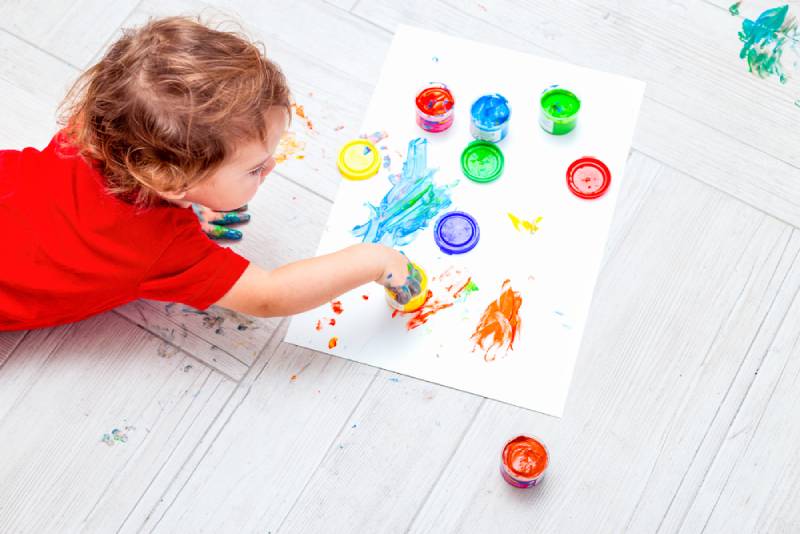Sensory activities for toddlers are some of the most important activities that little ones need to engage in to properly develop the skills necessary for proper mental and physical growth.
These sensory activities for toddlers usually involve finding different materials that provide an interesting feeling when being interacted with, whether it’s a light brush, or a weird squish, or even just the popping of bubble wrap, as long as it’s something that’ll keep your kids entertained.
These things usually aren’t hard to find and many of your household items are sure to work out just as well. You don’t need to go out and buy extra special items just to make a sensory bin.
Cooked spaghetti, rice, and some food coloring can be just as magical for young children and their sensory play as store-bought play dough and Amazon listed, pre-packaged sensory bins.
Plus, it not only allows your child to improve on his gross motor skills and fine motor skills, but when you’re presented with the challenge of creating something entertaining and new for your kids to interact with by using what you have, it provides you with a sort of creative outlet as well.
So, what ends up making the best sensory play activities? Let’s find out together, shall we?
25 DIY Sensory Play Ideas For Toddlers And Preschoolers
1. Using paper as a sensory activity
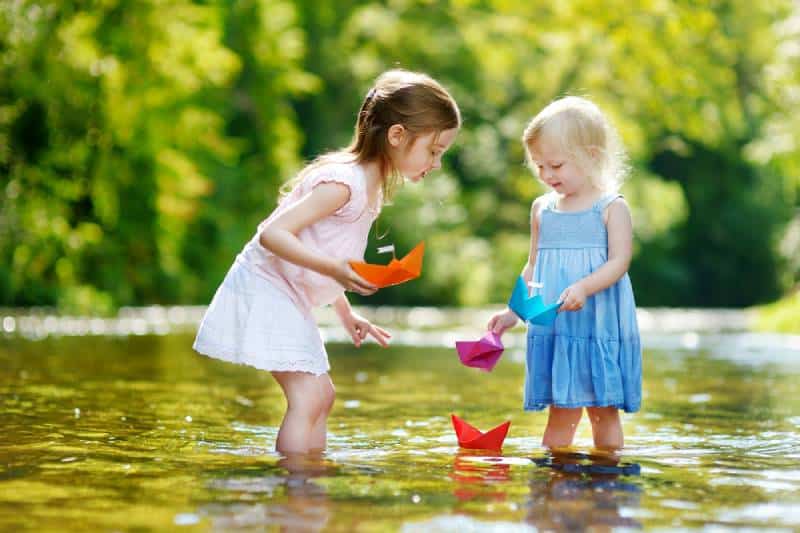
That’s right, just some printable paper and a little bit of water – it’s that simple.
Have the water in a bowl or a plastic tub and have a stack of papers of varying thickness on the other side. Let your child feel the paper before they put it in the water and then watch them realize what happens when it comes into contact with water.
While it sounds silly for us adults, it’s a whole new experience for kids and something they’ll find extremely entertaining.
Plus, it’s a perfect way to teach kids about the different forms and states of materials like wet, soggy and mushy, and dry and sturdy.
2. Water beads

These are the little things that fill up with water that you place either in an aquarium as decoration or in a see-through vase to help add some extra color to a floral arrangement.
Trying to put one of those in your hand and squeezing it is a weirdly alien, but oddly satisfying, sensation.
Your kids are likely to think the same so if you don’t mind getting some and filling a Ziploc plastic bag with them, you’ll find that this weird pillowy object will occupy the attention of your kiddos for a good chunk of time as they press their hands into it and feel the small balls skitter around their little hands.
The reason why you make it into a sensory bag to start with, minus the whole water issue, is because they’re still small objects and putting them into a kiddie pool is probably not going to be the smartest idea with a small child.
They’re definitely still considered to be a choking hazard.
3. Colored ice

A simple and almost free sensory activity is to make a bunch of ice mixed with harmless food coloring, fill a kiddie pool or a tub with water and then let the ice loose onto the surface.
Not only will the way the coloring interacts with the ice be fascinating to your kid, but as it melts, the trail the food coloring will leave in the body of water itself will leave them astounded just as much.
Plus, handling an ice cube will teach them about differences in temperature in a relatively harmless way. Just make sure to remain alert at all times as they play with the ice in case your little one keeps his hand on it for a bit too long.
4. Shaving cream

Another surprisingly efficient and fun way to do sensory activities for toddlers is to fill a small tray with shaving cream and let your 2 year old child squeeze it around in his hands.
The consistency of the shaving cream, again, is something that your kids aren’t likely to experience in everyday life and they’ll find it entertaining enough to keep exploring the various possibilities that it provides.
The one issue is that your child may want to try putting the shaving cream in his mouth which isn’t exactly a healthy plan, so he’ll need supervision.
It is also a bit of messy play, but it’s worth it especially since, again, you can use your best friend (food coloring) for any sensory activity such as to color the shaving cream in case you want to get a bit more creative and turn your sensory bin into a neat little display feature.
Just don’t forget to clean up after they’re done as shaving cream can leave a real sticky mess all over the place.
5. Using wool and cotton
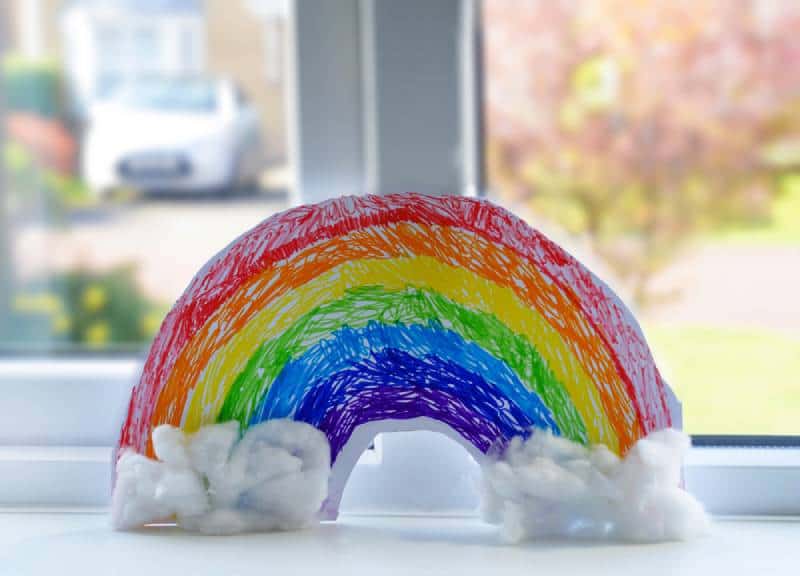
Even something as simple as a cotton ball can help entertain the young ones for hours while helping them learn about the various interactions it can have with the environment. This is why wool and cotton are great sensory ideas for toddlers.
Whether it’s a bit of sticky paper that they’re flinging it onto or simply pulling the wool or cotton apart just to see and feel how differently their fibers tear away from anything else they’ve experienced thus far, this is going to end up being fun for them.
6. Bubble wrap

The time-honored tradition of popping bubble wrap is a favorite sensory experience among kids and adults alike.
It’s one of those evergreen activities that helps calm people down and listen to that satisfying pop sound as the air escapes the little pockets.
It’s a sensory exploration of both one’s sense of touch and sense of hearing.
And all you need to do is give it to your little one and watch him try and pop it.
If you’re feeling a bit more creative and want to make it a more memorable experience, then I suggest grabbing a few toy cars or something similar and making the bubble wrap into a makeshift road that the kids can drive the cars over.
7. Using finger paint
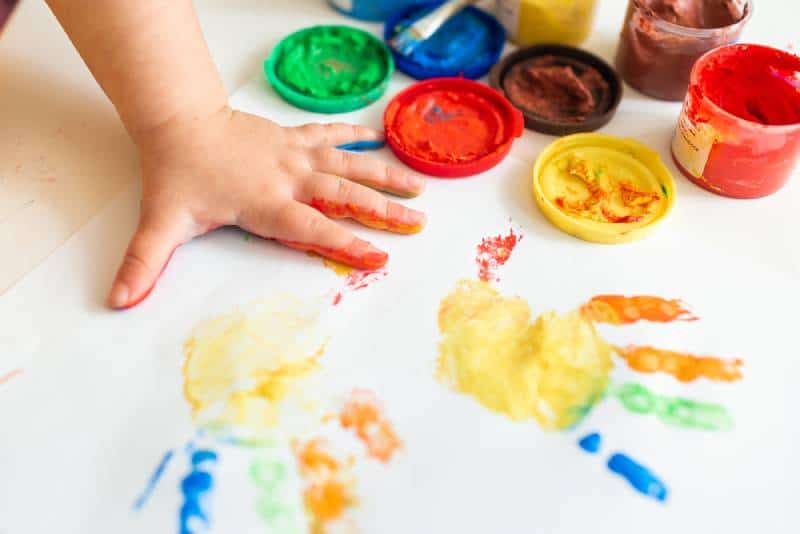
Finger painting is yet another time-honored tradition of kids everywhere and many moms and dads have nightmares from having to deal with their kids splattering paint on their walls so there’s no doubt that this is going to be fun for them.
The best way to facilitate this is to give them a canvas to paint on that isn’t your nice, clean wall. Instead, use a giant sheet or something more expendable, or at least machine-washable for your kids to have fun on.
Also, make sure to get some form of child-friendly and edible finger paint since, again, if it’s brightly colored and feels nice under their fingers, kids will try to put it in their mouth to satisfy their sense of taste’s curiosity as well.
Without a doubt, your precious toddler is going to have a blast watching all the colors mix and match while making new colors for him to feast his eyes on.
The activity will teach him about the weird texture of paint and the possibility of creating something new by mixing two different colors together – cause and effect.
8. Making garden soup
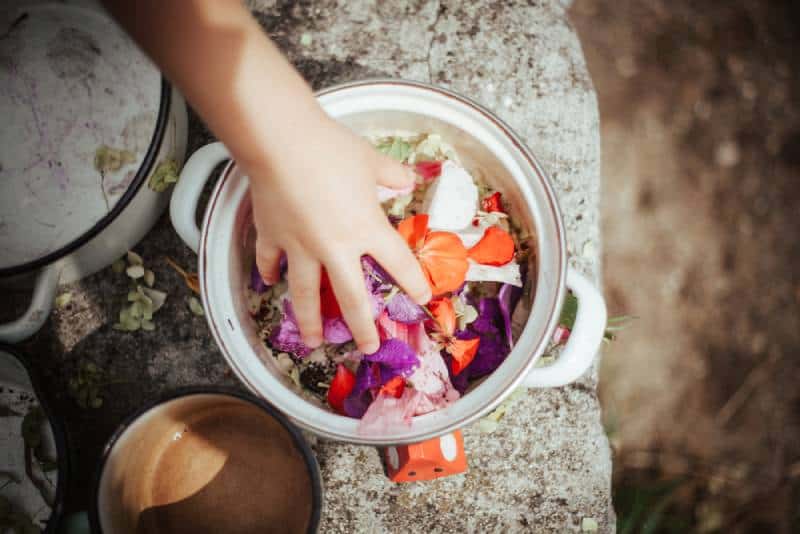
This is one of those weird but fun sensory activities. It’s essentially making a sensory tub for your child by filling it with water and working with him to gather up all sorts of different flowers, herbs, leaves and plants and placing them in this ‘cauldron’ before stirring it all up.
This is a great way for your child to experience the stirring motion as well as providing a visual experience as all of the ingredients that he’s collected swirl in the sensory tub.
It’s also a great bit of entertainment for his sense of touch if he wants to feel all of the items swirl around in the ‘broth’.
This is a neat learning activity involving a bit of water play and some garden shenanigans, just don’t let him get into your good plants if you’re bothered by that, but I’m sure sacrificing a rose or two is worth it for that jovial smile on your kid’s face.
9. Rainbow rice
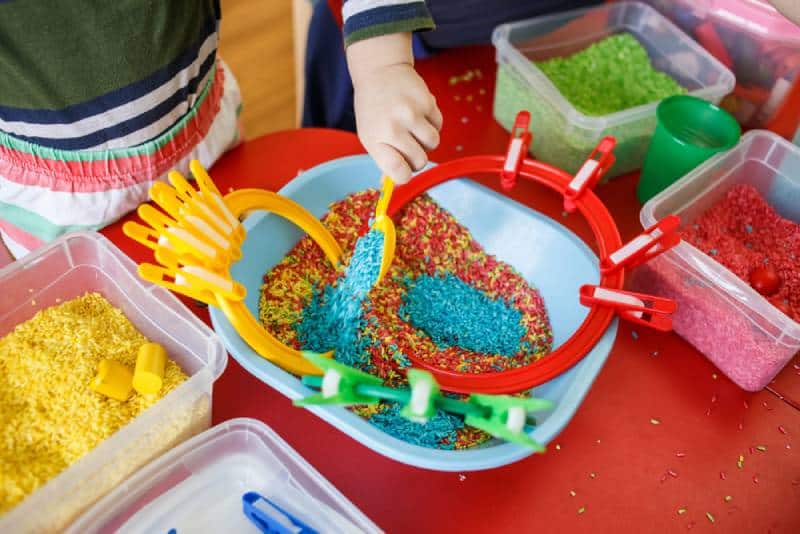
Another simple bit of sensory excitement and one that’s easy to come by.
It uses the same principle as the shaving cream and other related toddler activities – get a bit of food coloring, mix it in with the object (the rice in this case), pour it into a sensory bin or make it part of a display on a sensory table, and watch your kid play with it.
That odd feeling of passing a finger through the weird texture of a whole bunch of rice is going to have a positive effect on your child and might even get them to calm down as they busy themselves with it after a fussy episode or something similar.
The food coloring itself isn’t really necessary, but it’s definitely an added bonus and it’s a super easy way of making this activity even more fun.
10. A sensory board
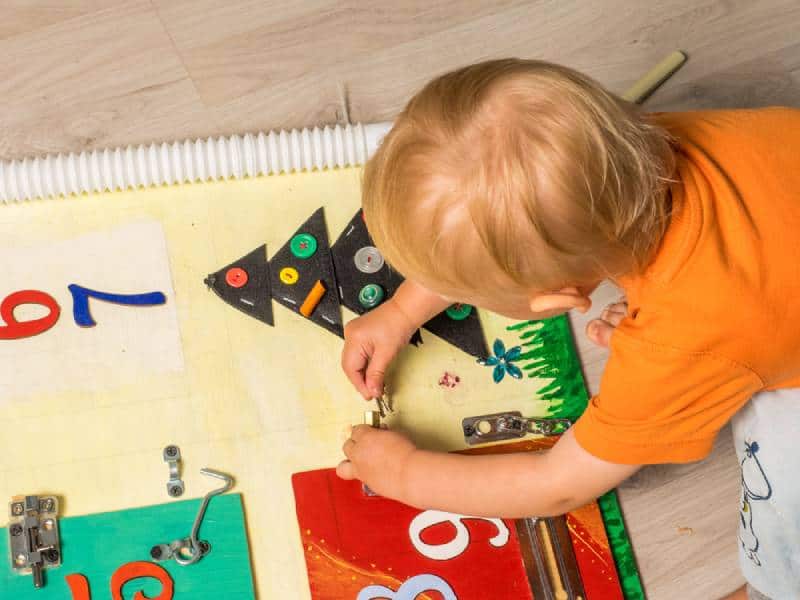
It’s exactly what the name implies, a pinboard or similar with a bunch of texture patches lined up on it for your child to touch and feel his way through. And these patches can be literally anything you can find around the house that fits onto a small space.
Some pom poms, an old carpet, or a jacket, even just a curtain can work as well as any other sensory toys you’ve prepared or bought before that may initiate some form of sensory processing for your intrepid little explorer.
Another neat way of doing it is to lay the sensory board flat on the ground and to use lids from old margarine packs or something similar to create a surprise sensory board.
One where you hide the sensory material under the lid and indulge your child by allowing them discover what is hidden under each lid.
This way your darling child gets to develop his fine motor skills by becoming slightly more dexterous in handling smaller objects.
11. Using a pasta
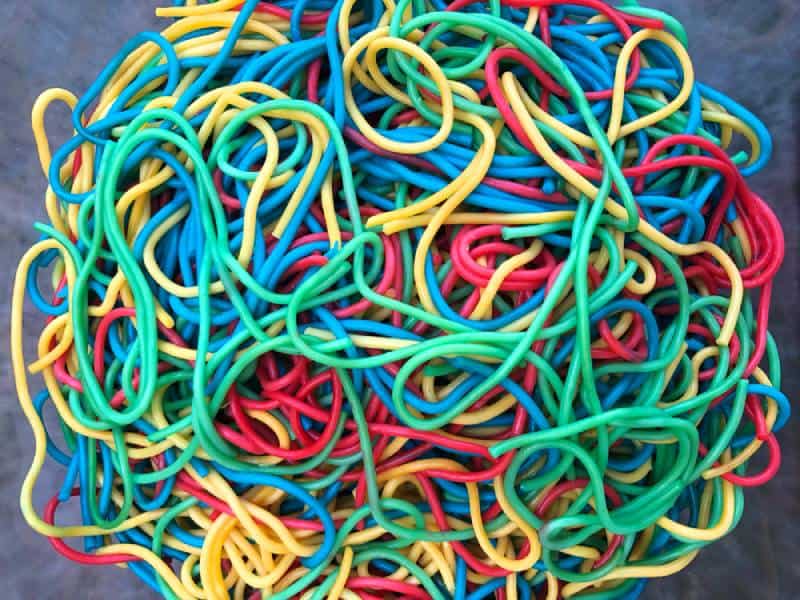
Yes, even pasta can work in the same way as rice and shaving cream do. Simply cook it up so it’s not hard and dry and mix some food coloring in with it to create a neat little macaroni and spaghetti rainbow.
The lanky, somewhat stretchy and sometimes rubbery feel of the pasta will provide your kids with a unique experience, one that’s a welcome addition to any sensory bin and is always one of the more easily accessible sensory activities for toddlers.
12. Sensory blocks

This idea is similar to that of a sensory bin except it is a bit more engaging in a sense. Your best friends here are going to be wooden blocks, taste safe glue, and anything you can find that makes a great sensory object.
Simply stick the objects to the sides of the cubes to create a unique experience for each one. You could even take it a step further by making each side a unique ecosystem to teach your child about which sensory objects go together.
Make about half a dozen of these and your little one will have oodles of fun interacting with them.
13. A nature sensory bin
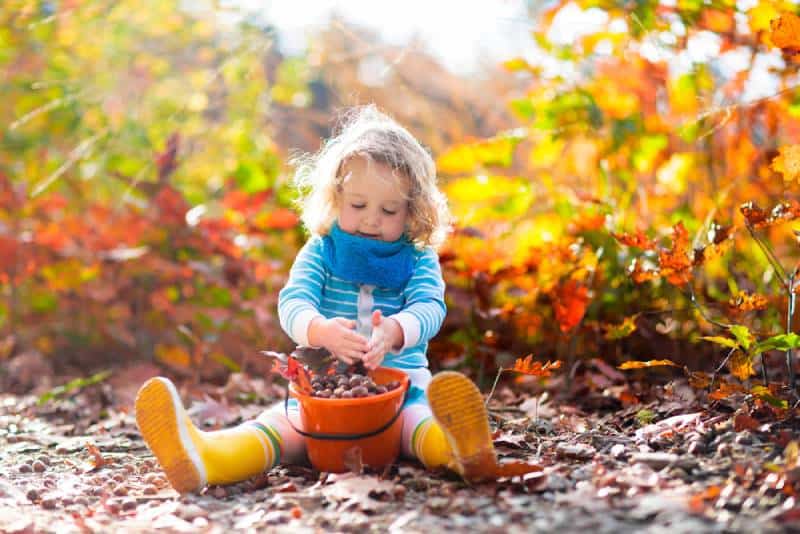
If you are looking for something to do with leftover orange peels or the pinecones and other nature products you may find out in the wild, why not make a sensory bin out of that too?
Just take a woven basket, lay down some cotton or rice to simulate a bit of snow, add a few sticks, sprinkle in some odd fruit peels or pinecones for added effect as well as some colorful stones, and you have yourself a nature bin.
A bin your child is likely to adore if he fancies the outdoors, even just a little.
14. Sensory bottles
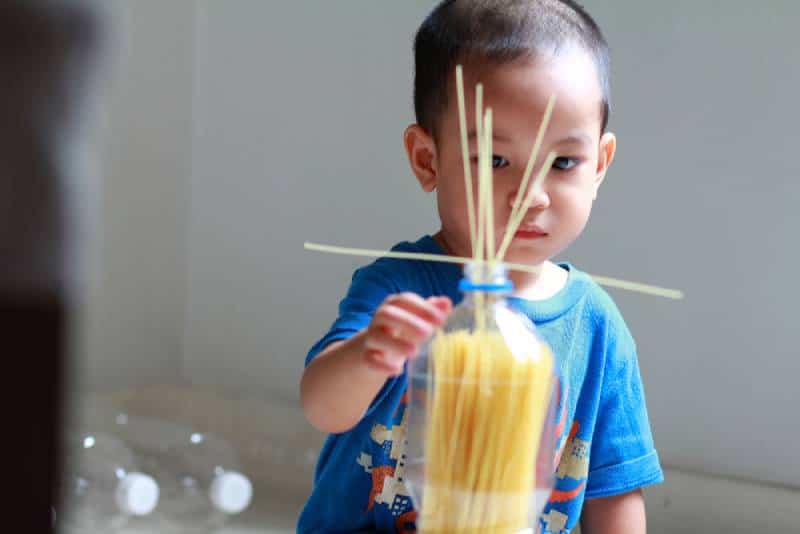
While this is a somewhat strange concept, sensory bottles are a neat idea to stimulate your child’s sense of hearing and his gross motor skills.
All you need is an empty bottle, preferably one with a wide neck if you’re going to be using sticks and other larger objects, and… well, something to place inside of it, some sort of noisemaker.
I personally suggest either small sticks, pebbles, rice (uncooked this time though) or anything similar.
Just make sure it’s not too heavy as you ideally want your preschooler to be the one shaking the bottle around to make a sound and entertain himself with what is essentially a DIY rattle toy.
15. Jello
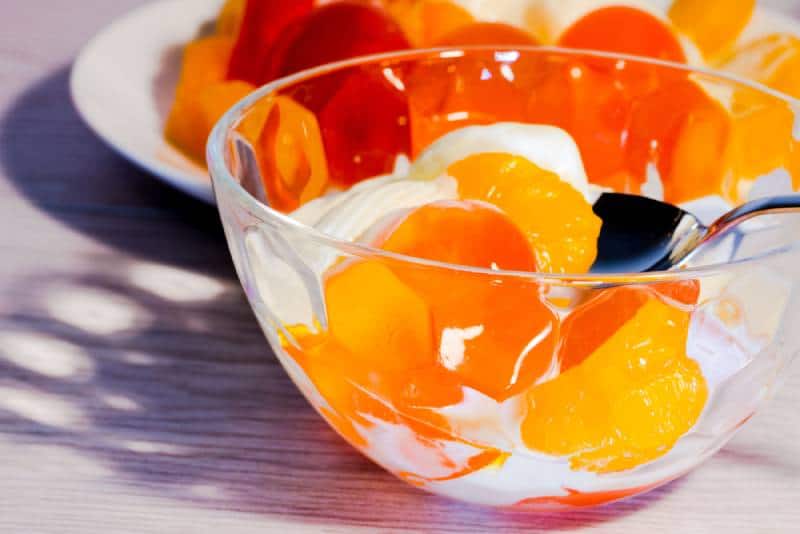
Jello makes for one of the most fun sensory activities for toddlers especially because it’s colorful and edible. Its weird jiggly density will always make your child laugh his little heart out as he toys around with it.
16. Slime

A bunch of gooey sticky slime is also a neat addition to any sensory bins. The squishy oobleck can be made from just a mix of water, food coloring and liquid cornstarch, though there are plenty of other slime recipes out there that can make for more intricate slime.
Once done, just pour it into a container and watch your child handle the slime going between his fingers as it stretches and droops around lazily.
It’s one of the recommended sensory activities for toddlers with autism given its unusual structure that is capable of captivating even the most unique minds.
17. Play dough
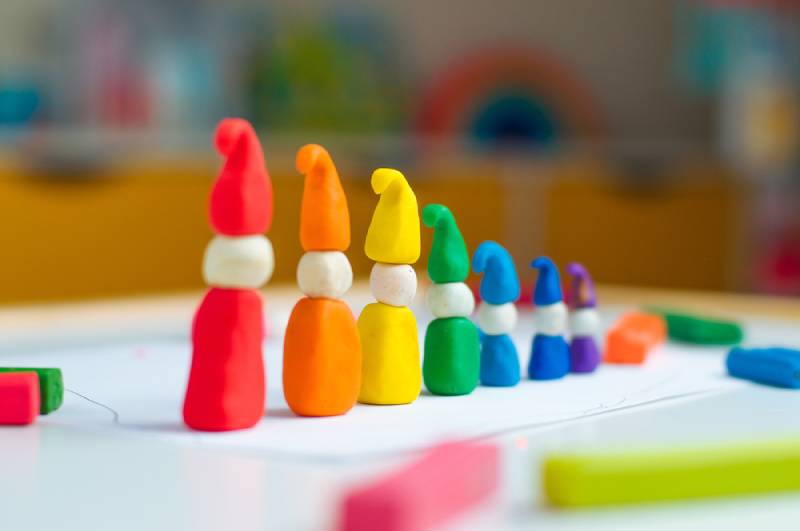
The mainstay of every single sensory activity for toddlers and preschoolers alike is play dough.
This weird, squishy yet sturdy substance is a delight to weave one’s fingers through, to mold, shape and create all manner of interesting shapes.
18. Cloud dough
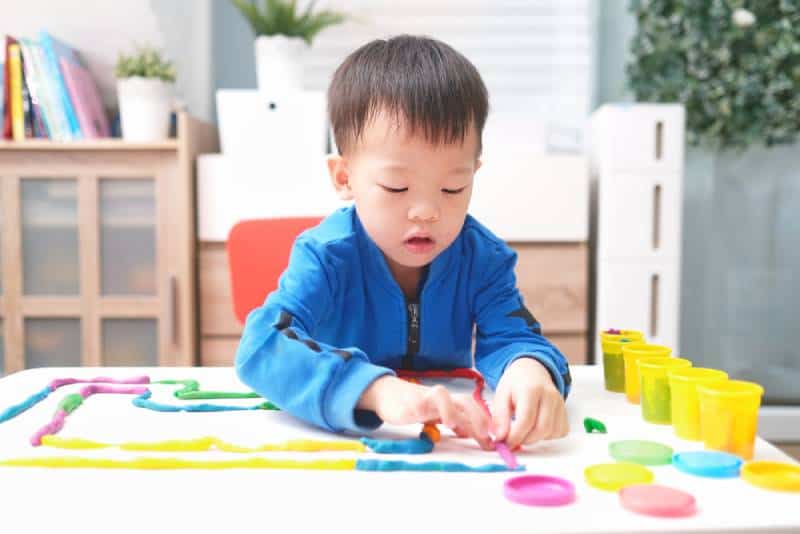
If you’re not inclined to get the store-bought stuff, you can make cloud dough as a fluffier alternative by mixing a bit of liquid cornstarch and lotion together.
19. A Halloween sensory bin
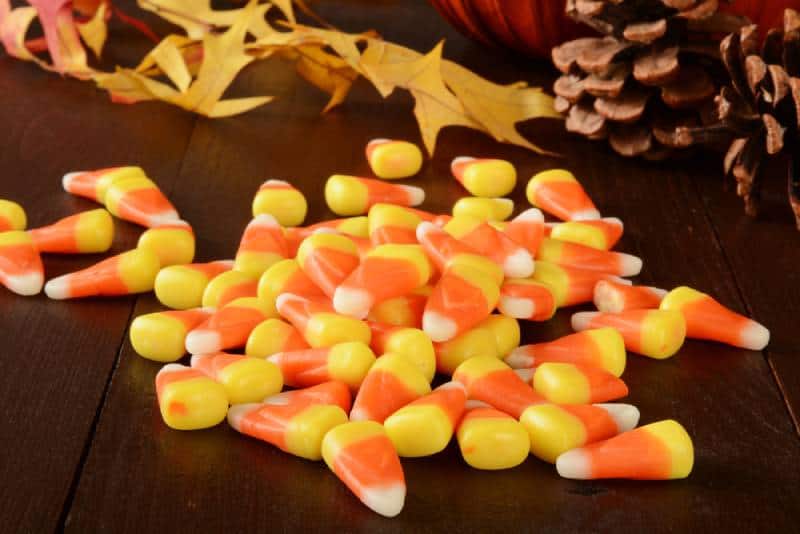
The fun with sensory activities can also be a seasonal affair and Halloween can be just the event for it. Mixing a bag of candy corn with some autumn leaves and chestnuts will make for a lovely display.
20. A Christmas sensory bin

Christmas is yet another seasonal sensory activity that allows for a bit of creativity. The best idea I’ve seen is to make a sticky tree and lay out bowls of glitter, paper balls, and so forth and to then let your child go wild on it to decorate their very own tree.
You can use it later as a display piece and make your child feel proud of his creation.
21. Footstep sensory play
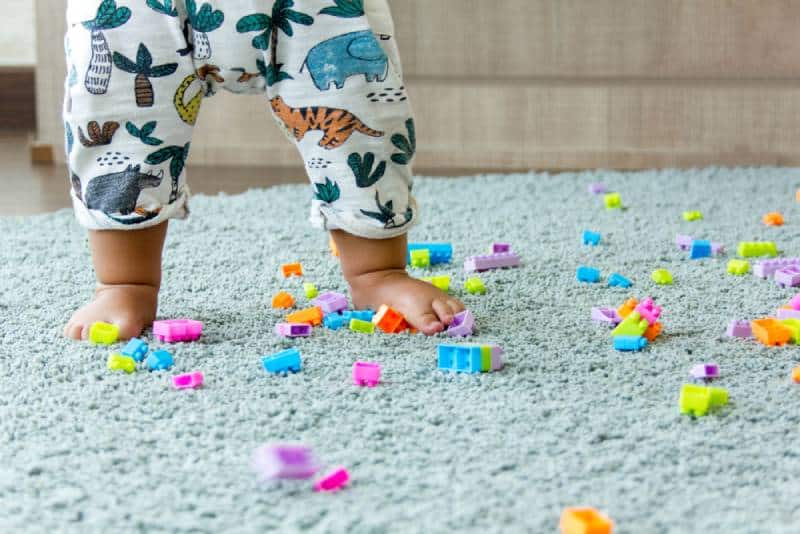
One neat way of entertaining your kids is to make a few mats of items with different textures and have them walk on it.
Anything from fur rugs to even packing peanuts works and your kids are going to have a blast when they feel the material under their feet.
22. Buttons
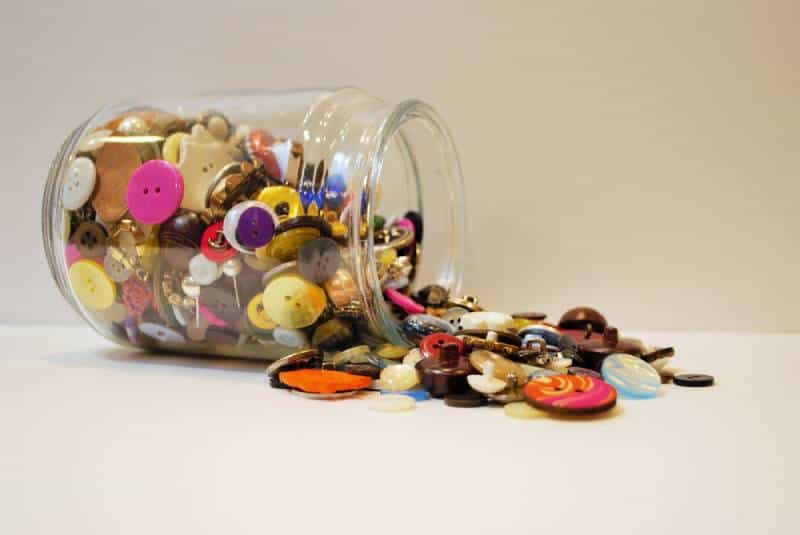
Another easily accessible form of sensory play is a simple jar of buttons. Most of them share unique patterns that will undoubtedly captivate your child’s mind and will keep him glued to the activity on hand.
You can also just lay them out on a tray or use them as part of a sensory bin display as running one’s hand through them is also an experience, though supervision is necessary due to potential choking hazards.
23. Christmas lights

Light can also play a favorable role in promoting sensory recognition in toddlers.
The best way of doing that is by grabbing some old Christmas lights and plugging them in.
Then hand them over to your child to mess around with and be entertained with the odd and erratic patterns.
Just make sure to be around to supervise them to avoid any plug-related issues and safety hazards.
24. Soap jars

Detergent soap can make for a very intriguing sensory activity. All you need is a see-through jar, some dishwasher soap, and water to dilute it in.
Mix them together to get that enticing, vibrant color that all of these detergents have and let your child shake the contents and watch the foam bubble up.
Just make sure to seal the lid tight as you don’t want any accidental spills.
25. Sand
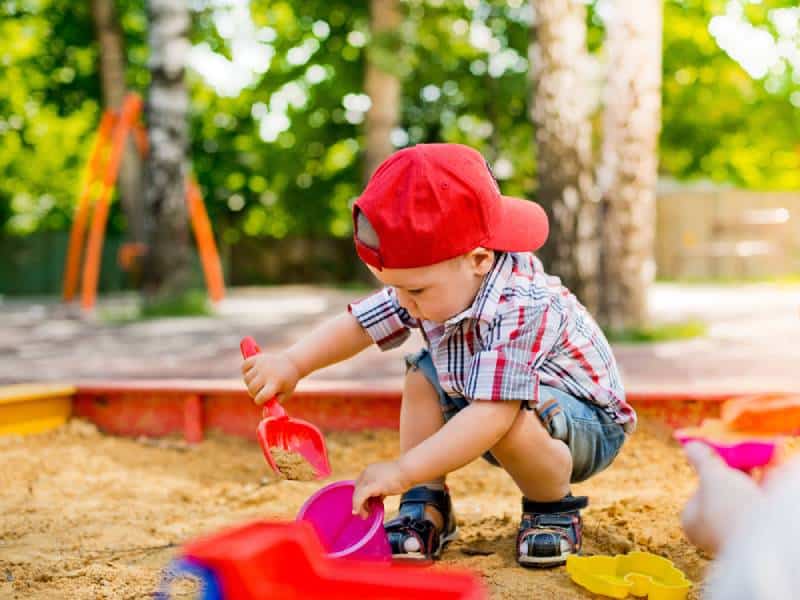
And finally, sand is the ultimate sensory activity for toddlers.
Whether it’s a little sandbox that you make for your child in your yard, a bit of it in the sensory bin or simply going for a day on the beach, both wet and dry sand make for a wholly different sensory experience and will always keep your child exploring in a fun way.
In Conclusion
There are countless sensory activities for toddlers to enjoy and experience; it would take me a whole week to get through all of them.
That’s because nearly every slightly random item in the house is going to be a whole new world of experiences for your little one as he delves into the wide world to further develop all of his senses.
There’s no actual science to it, just grab a bunch of stuff, even if it’s only mildly interesting, piece it together and present it to your child.
I can guarantee that they’ll give it a try regardless of whether or not you made it yourself.
READ NEXT:
- 20 Best Forms Of Water Play For Toddlers In The Summertime
- 15 Best Baby Musical Instruments For Kids And Toddlers
- 30 Super Fun Things To Do With Your Baby And Toddler
Like this post? Please share or pin it for later. You can also stay in the loop and follow us on Facebook, Instagram or Pinterest.

This post contains affiliate links. Please see our full disclosure for more info.

